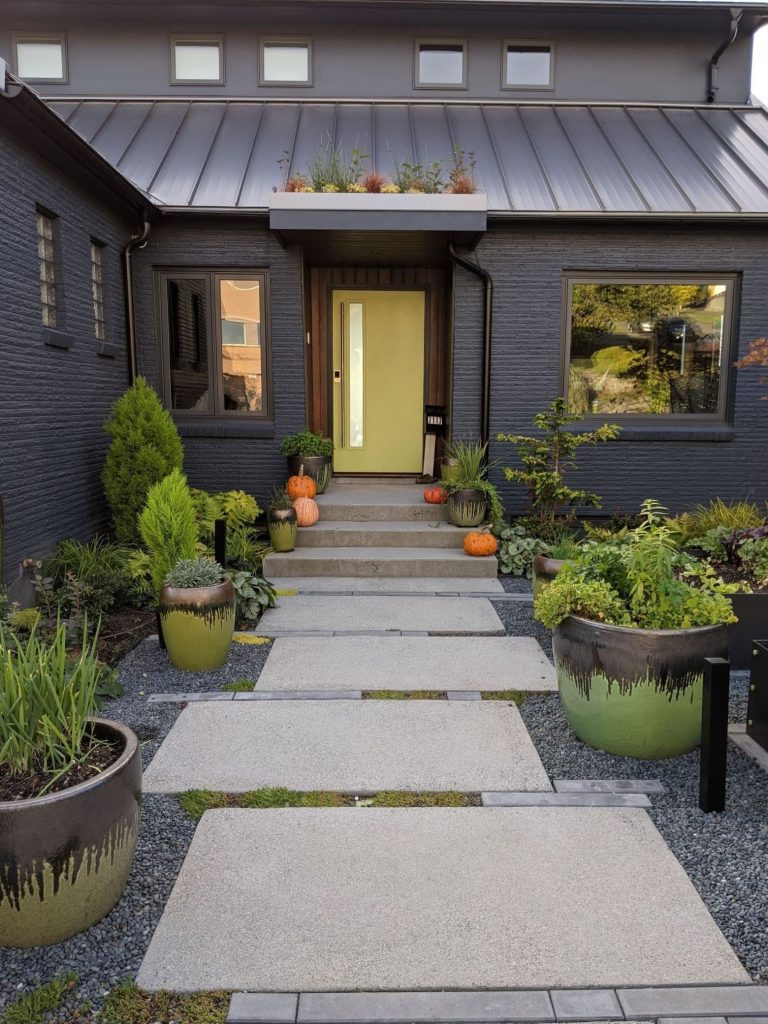Landscaping is an important aspect of any home, as it not only adds to the aesthetic appeal but also increases the value of the property. However, with busy schedules and hectic lifestyles, many homeowners are looking for ways to create a beautiful outdoor space without the added stress of constant maintenance. This is where low maintenance parking strip landscaping comes in.
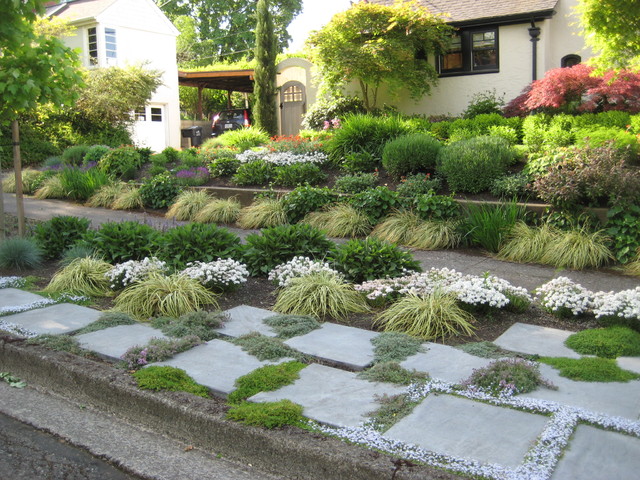
Parking strips, also known as parkways or tree lawns, are the narrow strips of land between the sidewalk and the street. These areas are often overlooked and underutilized, with most homeowners simply leaving them as a patch of grass or bare soil. However, with a little bit of creativity and planning, parking strips can be transformed into a low maintenance and attractive addition to your home.
One of the main benefits of low maintenance parking strip landscaping is that it requires minimal upkeep. Traditional landscaping often involves regular mowing, watering, and weeding, which can be time-consuming and labor-intensive. With low maintenance landscaping, you can reduce the amount of time and effort spent on maintaining your outdoor space, allowing you to enjoy it more without the added stress.
Another advantage of low maintenance parking strip landscaping is its cost-effectiveness. By choosing low maintenance plants and materials, you can save money on water bills, fertilizers, and other maintenance costs. Additionally, these types of landscapes require less frequent replacements, making them a more sustainable and budget-friendly option in the long run.
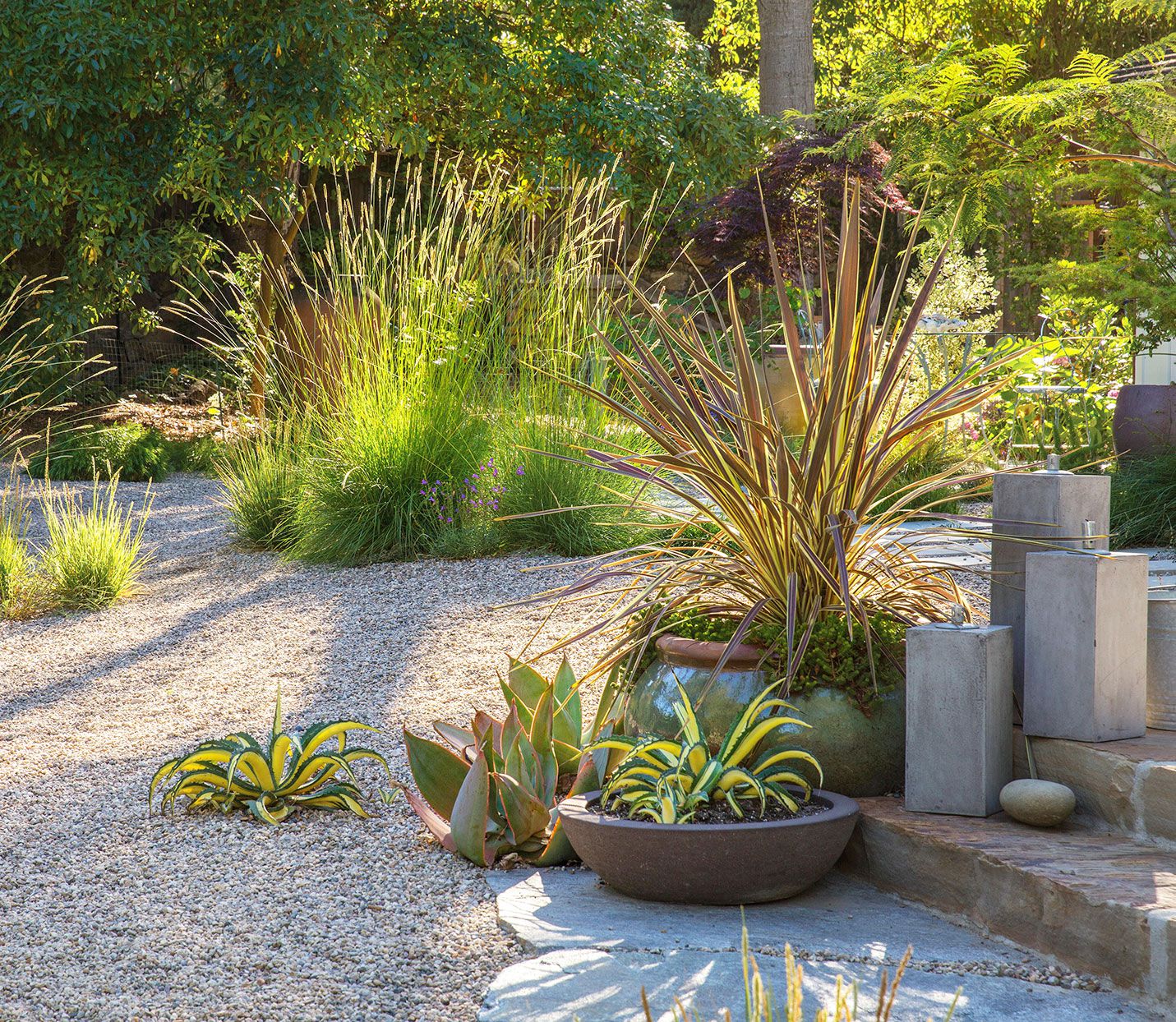
Creating a sustainable and visually appealing low maintenance parking strip starts with proper planning and design. The first step is to assess the area and determine its purpose. Do you want to create a welcoming entrance to your home? Or perhaps you want to add some greenery to your neighborhood? Once you have a clear idea of what you want to achieve, you can start selecting the right plants and materials.
When it comes to plant selection, opt for native and drought-tolerant species. These plants are well-adapted to the local climate and require less water and maintenance. They also attract pollinators and wildlife, adding to the biodiversity of your outdoor space. Some examples of low maintenance plants for parking strips include succulents, ornamental grasses, and groundcovers such as creeping thyme or sedum.
In addition to plant selection, consider incorporating hardscaping elements into your parking strip landscaping. This can include pathways, seating areas, or decorative rocks. These features not only add visual interest but also reduce the amount of lawn area that needs to be maintained.
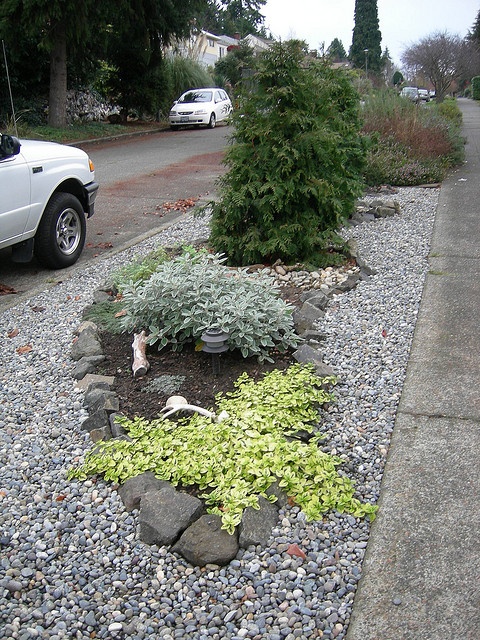
Proper mulching is also essential in low maintenance parking strip landscaping. Mulch helps retain moisture in the soil, suppress weeds, and improve the overall health of plants. Organic mulches such as shredded bark or wood chips are a great choice as they break down over time, adding nutrients to the soil.
Lastly, regular maintenance is still necessary for any landscape, even low maintenance ones. However, with proper planning and design, the maintenance tasks can be kept to a minimum. Regularly check for any weeds or pests and promptly remove them. Also, make sure to water your plants deeply and infrequently to encourage deep root growth.
In conclusion, low maintenance parking strip landscaping offers numerous benefits for homeowners looking to create a beautiful and inviting outdoor space without the added stress of constant upkeep. By choosing the right plants and materials, incorporating hardscaping elements, and proper maintenance, you can transform your parking strip into a sustainable and visually appealing addition to your home. So next time you walk by your parking strip, consider the potential it holds and start planning your low maintenance landscaping project.
Benefits of Low Maintenance Parking Strip Landscaping
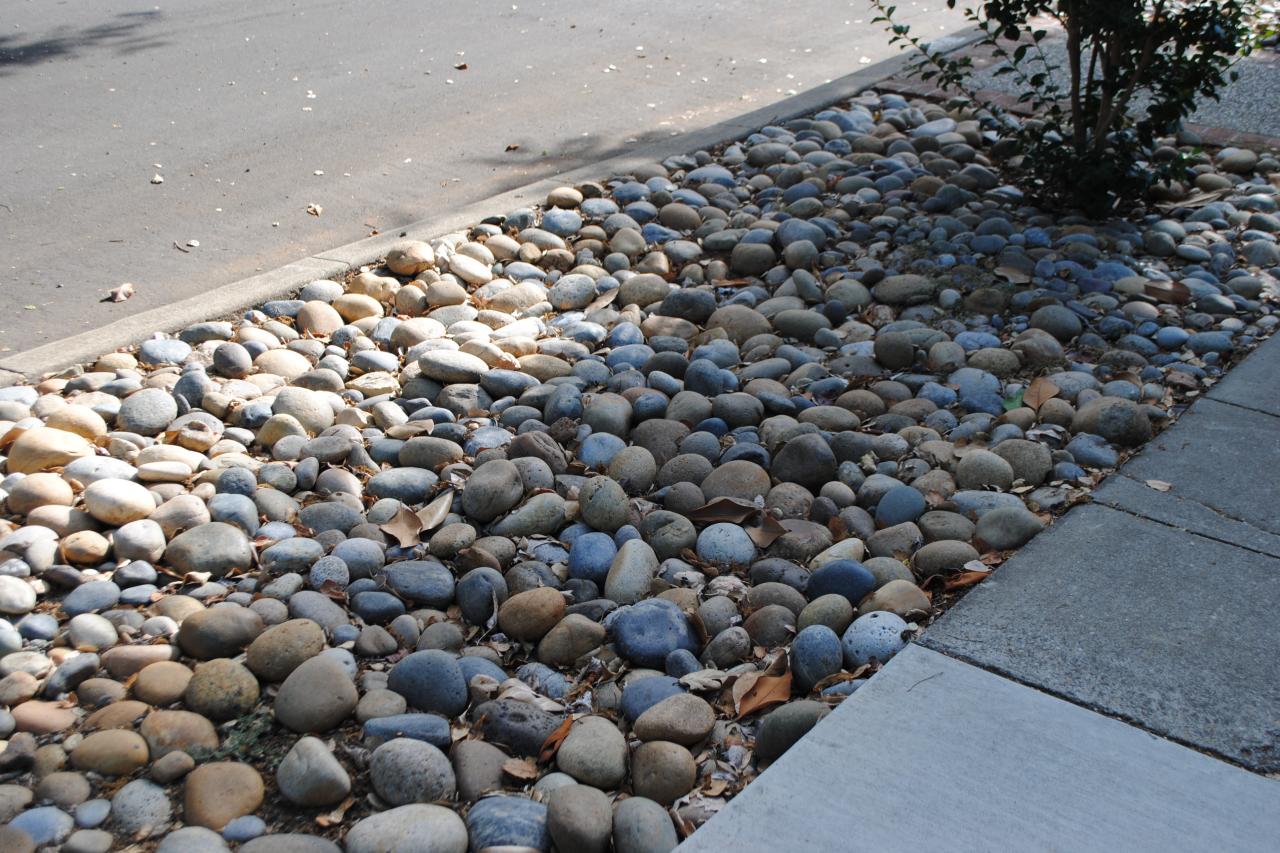
- Saves Time and Effort: The most obvious benefit of low maintenance landscaping is the time and effort it saves. By choosing plants and design elements that require minimal upkeep, you can spend less time tending to your parking strip and more time enjoying it.
- Reduces Water Usage: Low maintenance landscaping often involves using drought-resistant plants and efficient watering systems. This not only saves you money on water bills, but also reduces your overall water consumption and helps conserve this precious resource.
- Increases Property Value: A well-designed and maintained parking strip can greatly enhance the curb appeal of your home, increasing its value and making it more attractive to potential buyers.
- Promotes Sustainability: Low maintenance landscaping often incorporates sustainable practices such as using native plants, composting, and reducing chemical use. By implementing these eco-friendly methods, you can help protect the environment and support local wildlife.
- Creates a Welcoming Entrance: Your parking strip is the first thing people see when approaching your home. By adding a touch of landscaping, you can create a welcoming and inviting entrance that sets the tone for the rest of your property.
Designing Your Low Maintenance Parking Strip
When designing your parking strip, keep in mind the overall look and feel you want to achieve. This will help you select the right plants and design elements to create a cohesive and visually appealing space. Here are some tips to consider:
1. Choose Drought-Resistant Plants
One of the key elements of low maintenance parking strip landscaping is selecting plants that can thrive with minimal watering. Native plants are a great option as they are well adapted to the local climate and require less maintenance. Succulents, ornamental grasses, and wildflowers are also good choices for a low maintenance parking strip.
2. Incorporate Hardscaping
To further reduce water usage and maintenance, consider adding hardscaping elements such as pavers or gravel pathways to your parking strip. These not only add visual interest, but also provide a durable surface for walking and parking.
3. Use Mulch
Mulching is an effective way to suppress weeds and retain moisture in the soil. It also adds a neat and tidy look to your parking strip. Consider using organic mulch such as bark chips or shredded leaves, which will break down over time and enrich the soil.
Planting and Maintenance Tips
Once you have selected the plants and design elements for your parking strip, it’s important to properly plant and maintain them for optimal growth and longevity. Here are some tips to keep in mind:
1. Plant Strategically
Consider the amount of sunlight your parking strip receives when selecting plants. Placing sun-loving plants in shaded areas or vice versa will result in poor growth and increased maintenance. Also, pay attention to the size and spacing of plants to prevent overcrowding and the need for frequent pruning.
2. Use a Drip Irrigation System
Installing a drip irrigation system in your parking strip is an efficient way to water your plants without wasting water. It delivers water directly to the roots, reducing evaporation and runoff.
3. Weed Regularly
Weeds not only compete with your plants for water and nutrients, but also make your parking strip look unkempt. Make it a habit to weed regularly and remove any weeds before they have a chance to spread.
4. Fertilize Appropriately
Using organic fertilizers can help provide the necessary nutrients for your plants without adding harmful chemicals to the environment. Follow the recommended dosage and frequency for each type of plant to avoid over-fertilization.
FAQs about Low Maintenance Parking Strip Landscaping
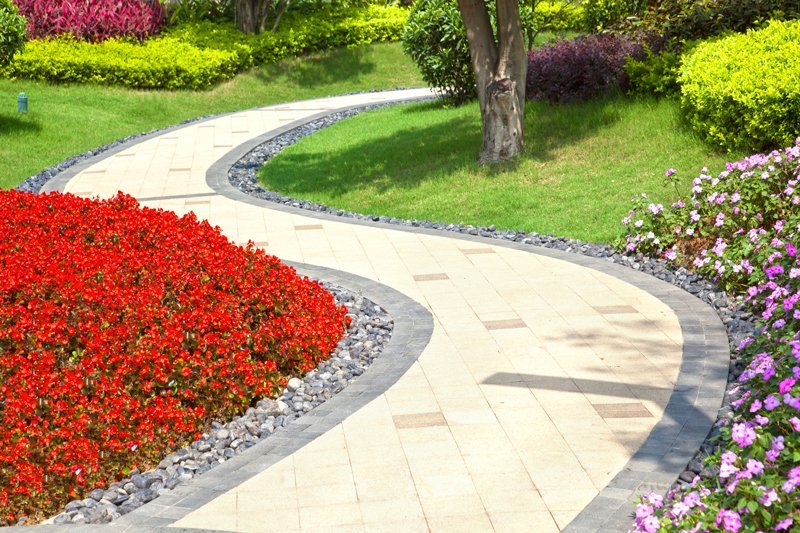
1. What are the best plants for a low maintenance parking strip?
As mentioned earlier, native plants, succulents, ornamental grasses, and wildflowers are all great options for a low maintenance parking strip. These plants are well adapted to the local climate and require minimal watering and maintenance.
2. Do I need to remove my existing lawn to create a low maintenance parking strip?
If you already have grass in your parking strip, you can either remove it completely or reduce its size to create space for plants and hardscaping. Alternatively, you can incorporate grasses that require less water and maintenance, such as buffalo grass or blue grama.
3. Can I use rocks in my parking strip instead of plants?
While rocks can add a decorative element to your parking strip, they do not provide the same benefits as plants. Consider using a mix of both, with plants taking up the majority of the space and rocks as accents.
4. How often should I water my low maintenance parking strip?
The frequency of watering will depend on the type of plants you have and your local climate. Generally, native plants and succulents require less frequent watering, while non-native plants may need more. It’s always best to check the moisture level of the soil before watering.
5. Can I still mow my parking strip if I have plants?
Yes, but be careful not to damage your plants. Consider using a weed eater or hand trimmer to mow around plants instead of a lawn mower.
Conclusion: Create a Beautiful and Sustainable Space
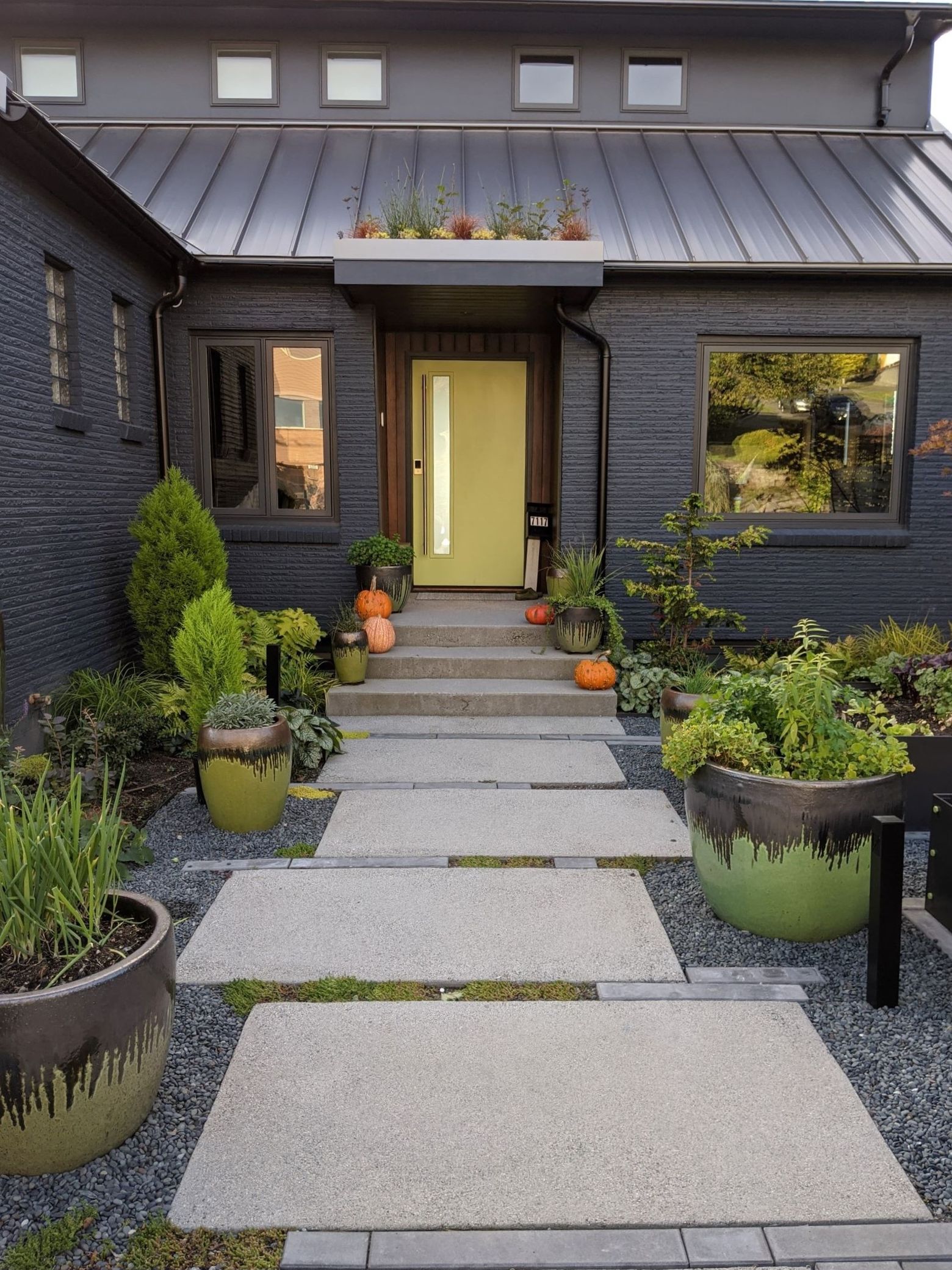
In conclusion, low maintenance parking strip landscaping is a great way to enhance your outdoor space without the added stress of constant upkeep. By choosing drought-resistant plants, incorporating hardscaping, and maintaining your space properly, you can create a welcoming and eco-friendly entrance to your home. Follow these tips and enjoy a beautiful and sustainable parking strip for years to come.

